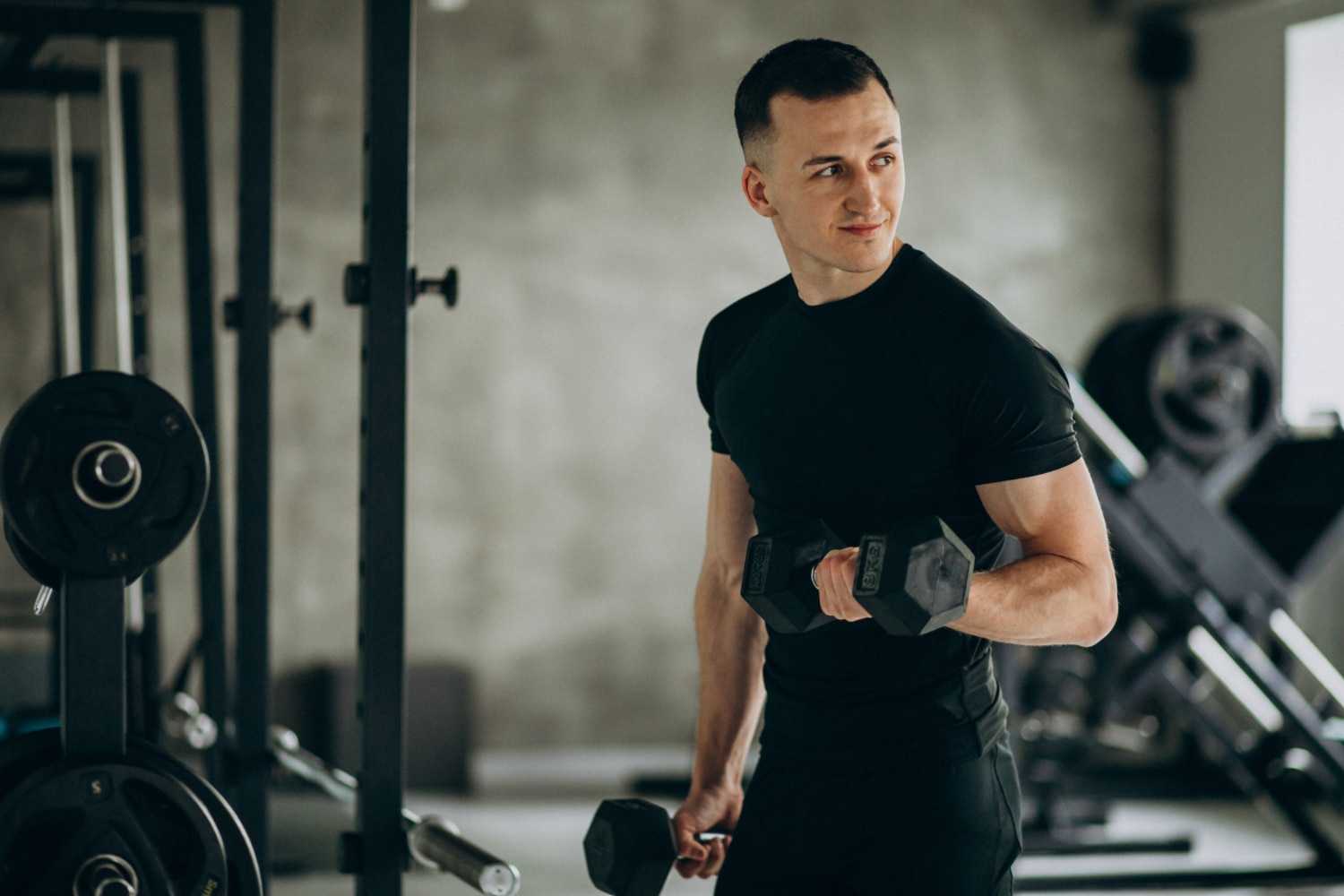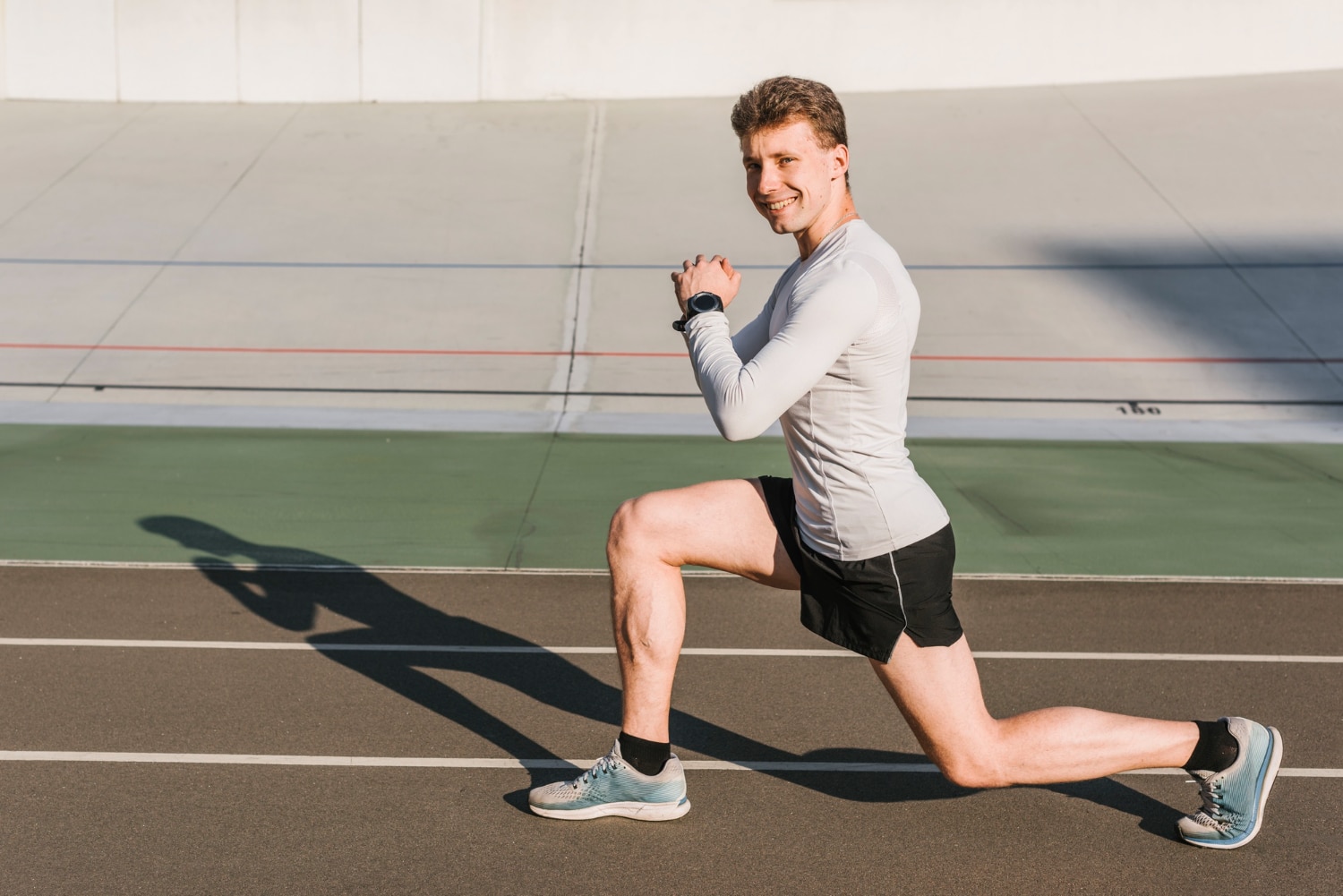Every fall I get the same thought: “This year I’ll be ready.” Then I remember I spent summer drinking beers, hiking a little and pretending mowing the lawn counted as cardio. By November my knees sound like popcorn and I’m stuck Googling “snowboard workouts” like it’s going to fix me overnight.
The truth? A little off-season training makes a massive difference. It means your legs don’t turn to jelly after three runs. It means you can actually enjoy a full powder day instead of tapping out before lunch. And if you’re new? It’ll keep you from face-planting every time your board decides to throw you.
Why Training Matters
Snowboarding takes more than strapping in and pointing downhill. You need strong legs to hold an edge, a core that doesn’t fold the first time you hit a bump and enough stamina to survive back-to-back laps. And don’t forget altitude. Hiking a line at 10,000 feet will make you question every life choice you ever made.
Find Your “Why”
Ask yourself what you want from the season. Chasing powder days? Trying to survive your first park lap? Just want to keep up with that friend who drags you onto double blacks? Having a reason makes it way easier to keep training when you’d rather sit on the couch.
Start Where You Are
I’ll be real with you — I’m not starting from zero, but I’m not some gym rat either. My legs can handle a few squats, but my hamstrings are stiff as a board. That’s fine. The point is to know where you’re at. If you already run or cycle, great. If your fitness level is closer to “Netflix marathon,” also fine. Just start there.

Set Small Goals
Don’t write “become Shaun White” on a sticky note and call it a plan. Break it down. If you want better core strength for landings, maybe aim to add 20 seconds to your plank each week. If you want stronger legs, commit to a few extra lunges. Small, specific stuff stacks up fast and pays off when the snow finally hits.
Building Snowboard Strength
Power in the Legs
Your legs need work. Strong quads, hamstrings and glutes keep you carving instead of wiping out. Squats, lunges, jump squats, calf raises, step-ups – they all matter. I used to laugh at step-ups until I nearly blacked out hiking a short bootpack. Turns out, leg strength isn’t just for looking good in jeans, it’s for actually surviving a powder day.
Core Stability
I ignored core training for years. Big mistake. The first time I caught a weird bump at speed, I folded like a lawn chair. A strong core keeps you upright when the terrain gets messy and helps you snap back when you almost lose it. Planks, side planks, Russian twists, mountain climbers. None of it is glamorous, but it pays off the next time you save yourself from a slam.

Upper Body Support
Snowboarding is leg-heavy, sure, but don’t forget the top half. Pushing yourself along flat spots, bracing when you fall, even steering – it all takes some arm and shoulder strength. I’ve been humbled more than once by a long traverse where I ended up paddling like a dying fish. Push-ups, pull-ups, shoulder presses. Keep it simple, keep it consistent.
Balance and Coordination
This is the difference between riding smooth and looking like you’re fighting invisible ninjas. The good news? You can train it.
Bosu Ball Drills: Stand in your riding stance, do mini squats, train those ankles.
Balance Board: Feels silly in the living room, but it builds real muscle memory. These are my recommended balance boards for snowboarding.
Yoga or Pilates: Yeah, I rolled my eyes too, until I realized stretching actually stops me from walking like Frankenstein the next day.
Single-Leg Work: One-legged squats, stability ball drills. Your body learns where it is in space, which is what saves you when your board suddenly goes somewhere you didn’t plan.
Flexibility and Injury Prevention
Snowboarding involves quick movements, twists, and falls. Flexibility is your insurance policy against injury.
Dynamic Warm-Ups – Leg swings, torso twists, and arm circles before riding.
Stretching – Focus on hips, hamstrings, calves and shoulders.
Foam Rolling – Helps release tension and aids recovery after workouts or riding days.
Cardiovascular Conditioning
You don’t want to gas out halfway through the day. Cardio helps you ride longer with less fatigue.
HIIT (High-Intensity Interval Training) – Alternating sprints and rests build both power and stamina.
Running & Cycling – Great for endurance and leg strength. Many riders mountain bike in the off-season for a similar feel.
Jump Rope – Portable, fun, and great for agility and heart health.

Nutrition and Hydration
Food and water aren’t just nice extras, they’re what keep you upright. Blow this off and you’ll be gassed halfway through the morning.
Eat Like You Mean It
Carbs keep you going, protein repairs the damage, and fats give you staying power. My rule? Big breakfast or pay for it later. Oats, eggs, something with substance. Not just coffee and a granola bar unless you enjoy leg cramps on run two.
Drink Even When You Don’t Feel Thirsty
Cold air dries you out quicker than summer heat. The problem is, you don’t feel it until you’re dizzy. I’ve been there — lightheaded halfway down a run, wondering if I was just out of shape. Nope, just dehydrated. A small water bottle in your jacket or a hydration pack solves it.
After-Ride Recovery
Don’t just slam a beer and call it good. Get some protein and carbs back in. Burritos, pizza, whatever — your body will thank you the next day. Then, sure, have the beer.
Mental Preparation
Snowboarding is as much in your head as it is in your legs.
Visualization
Sounds hokey, but it works. Before you drop, picture yourself linking turns or sticking the landing. Half the battle is convincing your brain you can actually do it.
Breathing
I used to hold my breath on sketchy lines without realizing it. Now I focus on slow, deep breaths. Calms the nerves and sharpens focus.
Mindset
You’re going to fall. A lot. Treat it as feedback, not failure. Every slam teaches you something, even if it’s just “don’t lean that far forward on ice.”
Creating a Personal Training Plan
Match It to Your Riding
Park riders need more pop and balance. Freeriders need legs that won’t quit after three powder laps. Figure out what you want, then train for that.
Build a Routine
Mix it up: some strength, some cardio, some balance work, some stretching. Doesn’t have to be complicated. Just be consistent.
Track Progress
I never thought I’d be the “log my workouts” type, but seeing improvements on paper keeps you going when you’d rather skip. Even if it’s just scribbles in a notebook.

Safety and Gear Prep
Warm Up
A few minutes of stretching before strapping in beats weeks on the couch with a pulled muscle. I learned this the hard way.
Check Your Setup
Make sure your boots aren’t falling apart and your bindings are dialed. Nothing ruins a day faster than equipment issues that could have been fixed at home.
Protect Your Body!
Helmet, always. And don’t laugh off pads. I used to think knee pads and back protectors were for overcautious beginners, until I wrecked on ice (right in front of the lift queue). If you want recs, I’ve written up guides on the best snowboard crash pants and impact gear. Wrist guards are also worth a look before the season starts.
Wrapping It Up
Getting ready for snowboard season isn’t just sitting around scrolling storm forecasts. It’s putting in a bit of work now so your body doesn’t betray you when the snow finally falls.
Strength, balance, endurance, flexibility, even the mental game. It all adds up.
Look, I’ll be honest. No matter how much I train, my first few days every season are still rough. My legs burn, my lungs hate me and I end up sore in muscles I forgot existed. But because I’ve put in the effort, I can push through it and keep riding instead of tapping out after lunch.
So start now. Do what you can. By the time winter hits, you won’t just survive your first powder day… you’ll actually enjoy it without feeling like you need an oxygen tank and a chiropractor. And that’s the whole point.
